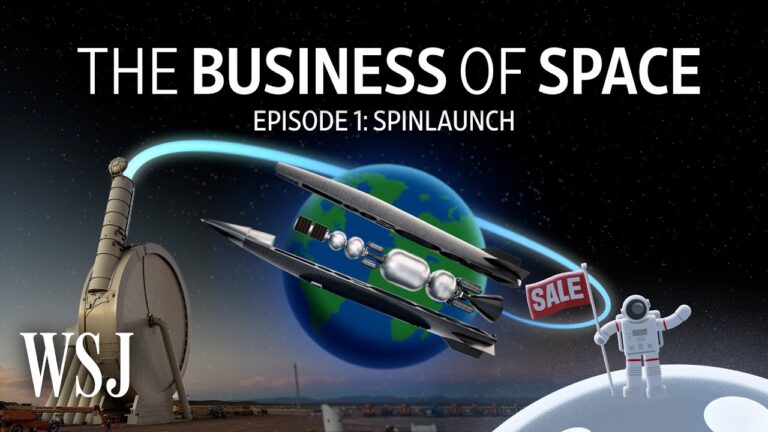The Rocket Startup – SpinLaunch
SpinLaunch is a spaceflight technology development company working on mass accelerator technology to move payloads to space. As of January 2020, the company has raised US$80 million in funding, with investors including Kleiner Perkins, Google Ventures, Airbus Ventures, ATW Partners, Catapult Ventures, Lauder Partners, John Doerr and Byers Family.
SpinLaunch was founded in 2014 by Jonathan Yaney in Sunnyvale, California. The company’s current headquarters are in Long Beach, California. In 2020, SpinLaunch continues development of its 140,000 square-foot (13,000 m2) corporate headquarters in Long Beach, and of its flight test facility at Spaceport America in New Mexico, which it leased in 2019.
In late 2021, SpinLaunch was named one of the “World’s Best Employers in the Space Industry” by Everything Space, a recruitment platform Specialising in the space industry.In March 2022, SpinLaunch was listed as one of the Top 100 Most Influential Companies of 2022 by Time Magazine. In April 2022, SpinLaunch received a contract from NASA to launch a payload using its launch system later in 2022.
SpinLaunch is developing a kinetic energy space launch system.
That System reduces dependency on traditional chemical rockets, with the goal of significantly lowering the cost of access to space while increasing the frequency of launch.
The technology uses a vacuum-sealed centrifuge to spin a rocket and then hurl it to space at up to 5,000 miles per hour (8,000 km/h).
The rocket then ignites its engines at an altitude of roughly 200,000 ft (61,000 m) to reach orbital speed of 17,500 miles per hour (28,200 km/h).
Peak acceleration would be approximately 10,000 g. If successful, the acceleration concept is projected to lower the cost of launches and to use much less power, with the price of a single space launch reduced by a factor of 20 to under US$500,000.
Can SpinLaunch Throw Rockets into Space?
An Inside Look on SpinLaunch Flight Test
At Spaceport America in New Mexico on 22 October 2021, SpinLaunch conducted the first vertical test of their accelerator at 20% of its full power capacity, hurling a 10-foot (3.0 m) long passive projectile to an altitude of “tens of thousands of feet”. This test accelerator is 108 ft (33 m) in diameter, which makes it a one-third scale of the operational system that is being designed
View, Read and Learn more here:
- Ecommerce
- Technology
- Artificial Intelligence
- Marketing Mix
- Business Stories
- Retail Failure Stories
- Startup Failure Stories
- Travel Food Culture
- Retail Articles
- Customer Articles


